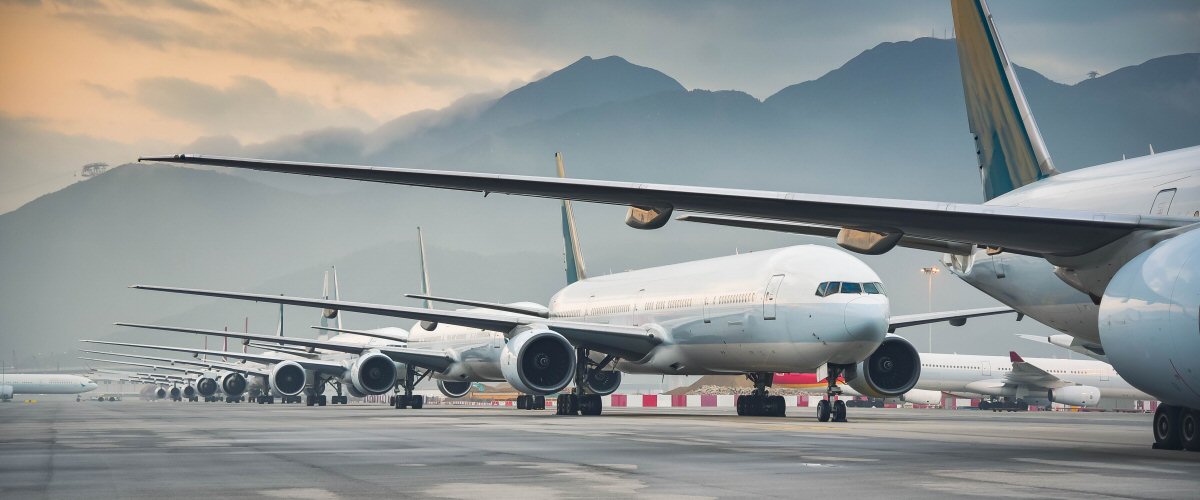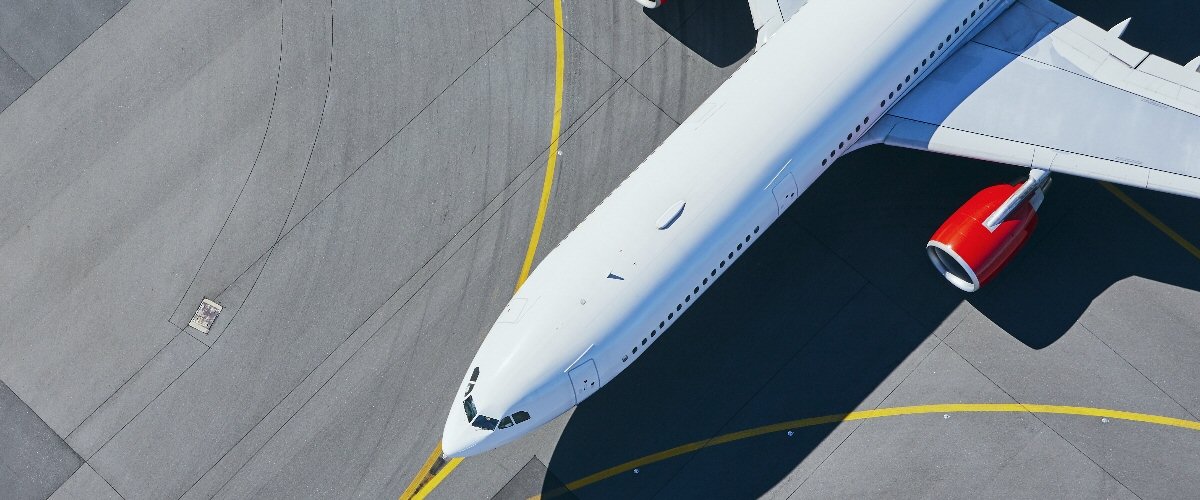赶快加入我们的卓越团队,了解他们对 IBA 情有独钟的背后故事。
我们是航空情报、市场分析、飞机资产管理以及战略和战术指引的顶级提供商,我们绝不能容忍故步自封,守株待兔的行事方式。
正因如此,我们的多元化团队天赋满满,激情澎湃,他们具备前瞻性思维,专注于交付创新型解决方案,与全球客户建议坚实可靠的合作关系。
加入 IBA 集团后,你将能够与行业内声名卓越的航空分析师、评估师、技术管理者和研究人员携手共事,百分百地释放你的才华。睿智热情如你,赶快成为我们中的一员吧!
我们是航空情报、市场分析、飞机资产管理以及战略和战术指引的顶级提供商,我们绝不能容忍故步自封,守株待兔的行事方式。
正因如此,我们的多元化团队天赋满满,激情澎湃,他们具备前瞻性思维,专注于交付创新型解决方案,与全球客户建议坚实可靠的合作关系。
加入 IBA 集团后,你将能够与行业内声名卓越的航空分析师、评估师、技术管理者和研究人员携手共事,百分百地释放你的才华。睿智热情如你,赶快成为我们中的一员吧!

IBA 一站式航空情报平台 IBA Insight 全新亮相。IBA 丰富的机队、价值和市场数据,结合航班数据与权威专家见解,为您的投资、风险评估和飞机投资组合监控带来更大的信心和把握。

凭借由获奖 ISTAT 认证评估师组成的庞大团队以及 30 多年累积的专有数据,IBA 在全球估值市场上处于领先地位。我们为全球范围内的一系列资产类型提供独立、公正的价值意见和建议,包括飞机、发动机、直升机、货机/航空货运、降落机位和预备件等。IBA 始终致力于超越客户的期望,我们的客观意见为贷款、资产收回、商业开发和再营销提供了必要的安全保障。

IBA 与全球领先的飞机和发动机租赁公司精诚合作。我们的专业建议植根于深厚的行业知识,因此 IBA 可以在投资周期的各个阶段提供支持,让客户放心无忧。从估值、机队选择、投资组合开发,到租赁结束时的退租和再营销,我们将全程协助客户完成整个租赁期的所有风险评估和资产管理活动。

航空投资往往错综复杂,会涉及大量财务风险,因此,放任资产不去管理绝对是下下策。无论是首次投资的新手,还是市场上驾轻就熟的资深投资者,IBA 都能帮助您克服各种资产类型的复杂性,让您更好地了解各种投资机会。我们可以与您携手合作,支持您的投资组合开发、多元化发展并满足您的战略需求。

30 多年来,IBA 与全球和地区航空公司紧密合作,提供估值和咨询服务、航空数据情报以及飞机和发动机的退租支持。我们在遍布世界各地的各种航空项目上与客户展开协作,满足他们的额外资源需求,随时随地提供所需的项目管理支持。

我们掌握着丰富资源并善于出谋划策,可为客户提供诉讼支持和纠纷调解办法,并根据客户的法律策略量身定制周密的解决方案。正是由于 30 多年来专有航空数据的积累、定期参与战略并购,以及丰富的飞机管理专业知识,我们能够经常接触到各方之间的典型争端领域。IBA 通过直接或与客户自己的法律团队合作的方式,在各个方面为客户提供帮助,从飞机损坏或损失的保险相关理赔,到常常在退租时发生的租赁商与承租商的纠纷。